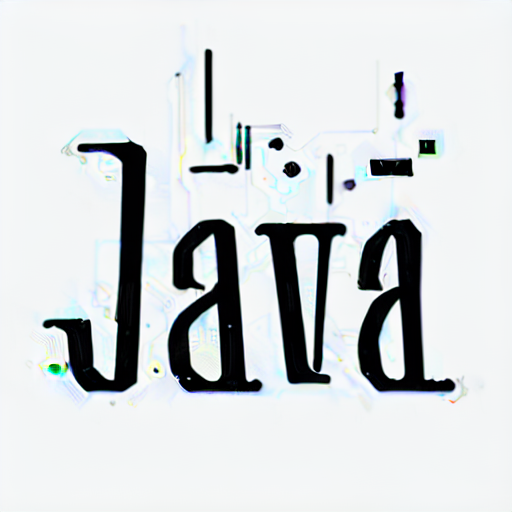ORMLite Core框架与数据持久化

ORMLite Core框架与数据持久化
在现代软件开发中,数据持久化是一个重要的概念。它指的是将数据存储在持久存储介质中,如数据库,文件系统或内存中,以便在应用程序关闭或重启后仍然可以访问。为了简化开发人员在数据持久化方面的工作,许多框架被创建出来。其中一个广泛使用的Java框架是ORMLite Core。
ORMLite Core是一个开源的Java ORM(对象关系映射)框架,提供了简单和轻量级的解决方案来处理与数据库的交互。它支持许多常见的数据库,如MySQL,SQLite,PostgreSQL等,并提供了一套简洁的API来执行数据库操作。
为了开始使用ORMLite Core框架,首先需要进行一些配置。以下是完成这一配置的步骤:
1. 添加ORMLite Core框架的依赖项到项目的构建文件中。可以通过将以下代码添加到Maven项目的pom.xml文件中来完成依赖项的添加:
<dependency>
<groupId>com.j256.ormlite</groupId>
<artifactId>ormlite-core</artifactId>
<version>5.6</version>
</dependency>
2. 创建一个数据模型类,该类将映射到数据库表。这个类应该使用注解来定义表名和列名,并且应该具有与表中的列对应的成员变量。例如,以下是一个名为"Student"的数据模型类的示例:
@DatabaseTable(tableName = "students")
public class Student {
@DatabaseField(generatedId = true)
private int id;
@DatabaseField
private String name;
// 其他成员变量和方法...
}
3. 创建一个数据库助手类,这个类将负责管理数据库连接和创建数据访问对象(DAO)。例如,以下是一个名为"DatabaseHelper"的数据库助手类的示例:
public class DatabaseHelper extends OrmLiteSqliteOpenHelper {
private static final String DATABASE_NAME = "mydatabase.db";
private static final int DATABASE_VERSION = 1;
private Dao<Student, Integer> studentDao;
public DatabaseHelper(Context context) {
super(context, DATABASE_NAME, null, DATABASE_VERSION);
}
@Override
public void onCreate(SQLiteDatabase database, ConnectionSource connectionSource) {
try {
TableUtils.createTable(connectionSource, Student.class);
} catch (SQLException e) {
e.printStackTrace();
}
}
@Override
public void onUpgrade(SQLiteDatabase database, ConnectionSource connectionSource, int oldVersion, int newVersion) {
try {
TableUtils.dropTable(connectionSource, Student.class, true);
onCreate(database, connectionSource);
} catch (SQLException e) {
e.printStackTrace();
}
}
public Dao<Student, Integer> getStudentDao() throws SQLException {
if (studentDao == null) {
studentDao = getDao(Student.class);
}
return studentDao;
}
// 其他方法...
}
4. 使用上述配置后,现在可以访问数据库并执行操作。例如,以下是一些基本的数据库操作示例:
// 创建数据库助手对象
DatabaseHelper databaseHelper = new DatabaseHelper(context);
// 获取学生DAO对象
Dao<Student, Integer> studentDao = databaseHelper.getStudentDao();
// 创建一个学生对象并插入到数据库
Student student = new Student();
student.setName("张三");
studentDao.create(student);
// 查询数据库中的所有学生对象
List<Student> students = studentDao.queryForAll();
// 根据条件查询学生对象
QueryBuilder<Student, Integer> queryBuilder = studentDao.queryBuilder();
queryBuilder.where().eq("name", "张三");
List<Student> matchingStudents = queryBuilder.query();
// 更新学生对象
student.setName("李四");
studentDao.update(student);
// 删除学生对象
studentDao.delete(student);
// 关闭数据库连接
databaseHelper.close();
通过使用ORMLite Core框架,开发人员可以轻松地实现数据持久化,并实现与数据库的交互。这个框架提供了简单而强大的功能,使得操作数据库变得容易和高效。无论是构建小型应用程序还是大型企业级应用程序,ORMLite Core都是一个非常有用的工具。
